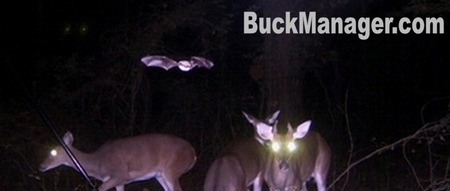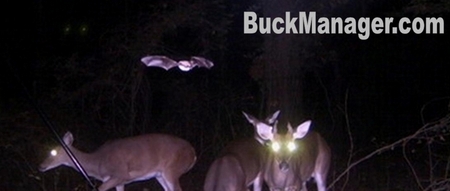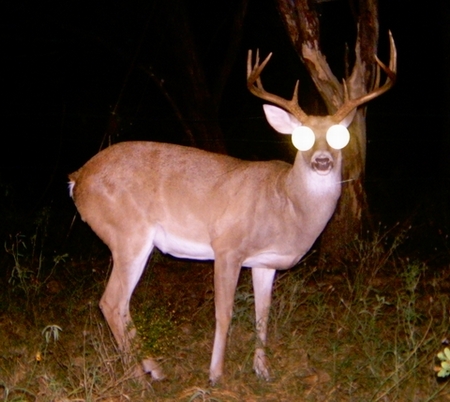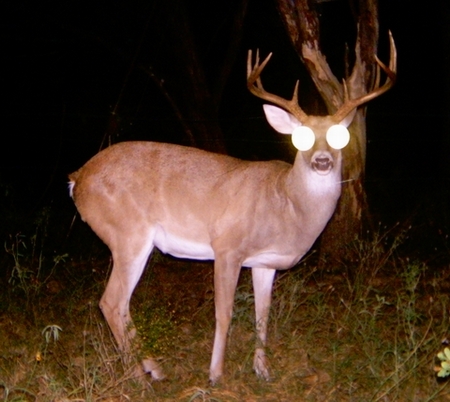The white-tailed deer is an amazing animal. Deer really live a tough life and must navigate a multitude of obstacles along the way, just to stay alive. From the time they are born, deer have to survive the elements, escape endless pursuits from coyotes and mountain lions, not to mention diseases or possible deaths from wounds and injuries. Then, there are the deer hunting seasons. But deer populations continue to thrive.
With all that in mind, some of the things that deer — and probably most people — do not suspect as a hazard are gates and wrought iron fences. Elaborate gates are often built entering properties. But deer will try to jump them. It’s important for gates to be either very high, so that deer do not attempt to jump them, or very low so that deer can easily jump them.
Both gates and fences are put around rural, residential and commercial properties. Fences often mark property boundaries, but they are often erected to protect property and keep animals in or out. It’s also important that they be constructed with safety, both human and wildlife, in mind. Improper construction only means that deer will regularly get caught in fences.
Then there are other human-created deer death traps like roads, highways, and interstates. Just add automobiles and 18-wheelers to start the killing. And yes, hunters get to take a few to with archery equipment and firearms during the regulated hunting season. But the occasional residential gate? Who would have guessed?













